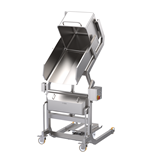The egg farming industry, worth an estimated $659.6 million in 2014-15, is seeing a significant shift towards free-range eggs at all stages of the supply chain.
Over the five years through 2014-15, industry analyst IBISWorld is expecting the production of free-range eggs to grow at an annualised 15.1 per cent, compared with just 1.9 per cent annualised growth in cage eggs. Organic eggs, which also tend to be free-range, have grown at an annualised 48.0 per cent over the five-year period.
The push towards free-range is however not without risks, according to IBISWorld industry expert Brooke Tonkin.
"There are significant costs associated with altering farming methods. Elsewhere along the supply chain, operators need to make the choice between attempting to exploit the higher margins of free-range eggs and taking advantage of the lower input costs of cage eggs."
While there is not yet any binding national criteria for free-range egg classification, the industry is moving closer to a legislated standard.
The state governments have recently agreed to discuss a national standard, and the Federal Court ruled this year that free-range chickens must have access to outdoor areas every day.
IBISWorld expects that these moves will increase consumers' confidence in their free-range purchases, leading to further demand.
Food manufacturers
Food manufacturers will use an estimated 829 million eggs in 2014-15.
As eggs used as manufacturing inputs are not visible, and tend to make up only a small amount of the final product, manufacturers have been subject to relatively less consumer pressure to source free-range inputs.
As local production shifts towards higher value free-range eggs, some food manufacturers may attempt to reduce input costs by sourcing processed eggs from overseas. However, manufacturers are likely to feel increasing pressure from downstream players in the supply chain over the coming years.
"Woolworths has already committed to using cage-free eggs across its considerable private-label range, and their subsequent advertising of this change is likely to put the input issue on customers' radars," said IBISWorld industry analyst Stephen Gargano.
Operators
Operators in the egg farming industry, which is worth an estimated $659.6 million in 2014-15, face the highest stakes in making the shift to non-cage egg production.
Over the past five years, virtually all growth in egg production has come from barn-laid, free-range and organic eggs.
These products carry higher price tags, pushing revenue up at a faster rate than volumes. However, cage-egg farmers making the transition to free-range production encounter significant costs.
"The major difficulty for farmers is that they cannot simply convert existing cage-egg farms into free-range farms, due to the additional land requirements," Tonkin said.
"Farmers will need to acquire additional land that is suitable for farming, before paying for additional equipment and capital such as barns."
These initial investments are considerable, and while farmers will be able to recoup some of their costs through the higher prices paid for non-cage eggs, some smaller players may be better off leaving the industry than making the transition.
Furthermore, farmers that resist the free-range trend run the risk of being caught in an oversupply of cage eggs.
"As supermarkets and fast-food outlets continue to change their purchasing policies, farmers producing cage eggs could find themselves having to accept lower prices from downstream players, or selling their eggs for processing into low-value powder," Tonkin said.

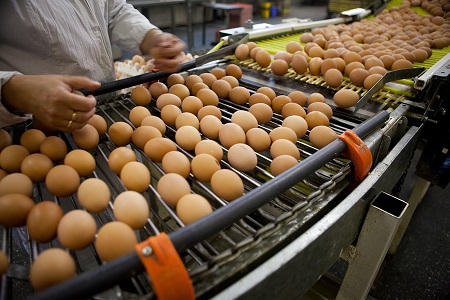


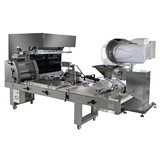


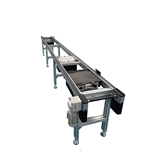

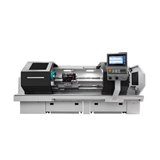




-160x160-state_article-rel-cat.png)


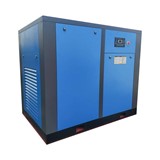

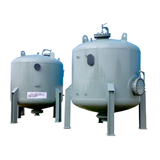


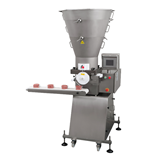
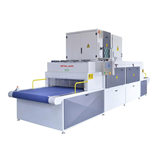
-160x160-state_article-rel-cat.png)
